Greece is intensifying its Wildfire response by nearly doubling its drone fleet and deploying a record 18,000 Firefighters this summer, as reported by The Independent. With climate change driving more frequent and severe wildfires, the country is leveraging advanced Drone Technology to enhance surveillance and coordination, a move that could set a precedent for other nations facing similar challenges.
Drone Fleet Expansion to Combat Rising Wildfire Threats
The Greek government is scaling up its wildfire defense strategy, increasing its fleet of fire-surveillance drones from 45 to 82, according to The Independent. This expansion aims to improve early detection and real-time monitoring across high-risk areas during the fire season, which runs from May 1 to October 31. Civil Protection Minister Ioannis Kefalogiannis emphasized the urgency, stating, “It is clear that the conditions this year will be particularly difficult,” during a firefighting exercise south of Athens. The drones will play a critical role in identifying fire outbreaks swiftly, allowing ground teams to respond faster and more effectively.
The wildfire damage in Greece has surged significantly, with 1,300 square kilometers (500 square miles) burned in 2023—roughly three times the 2011–2020 average of 452 square kilometers (175 square miles), per the European Union’s Forest Fire Information System. Drones equipped with thermal imaging and high-resolution cameras can cover vast areas, providing commanders with live feeds to coordinate low-altitude water drops by fire planes, which release plumes over treetops.
Technological Integration in Firefighting Operations
Beyond the drone fleet, Greece’s firefighting exercise showcased a multi-layered approach. Fire planes conducted low-altitude drops while ground teams used tablets to stream real-time drone footage, enabling precise coordination. The coast guard and armed forces also participated, simulating the evacuation of a children’s summer camp threatened by fires on multiple fronts. This integration of drones with mobile command centers highlights a shift toward technology-driven firefighting, improving operational efficiency and safety for personnel.
The increased drone usage aligns with global trends in wildfire management, where unmanned aerial systems are becoming essential for their ability to operate in hazardous conditions without risking human lives. Drones can fly at altitudes as low as 150 meters (492 feet) to capture detailed imagery, which is crucial for mapping fire perimeters and identifying hotspots that ground crews might miss.
Industry and International Collaboration
Greece’s firefighting force has grown by 20% over the past two years, now totaling 18,000 permanent and seasonal personnel, supported by thousands of volunteers. The country is also receiving international support, with 300 firefighters from the Czech Republic, France, Romania, Moldova, and Bulgaria joining under a European Union prepositioning program. This collaboration underscores the growing recognition of wildfires as a transnational issue, requiring shared resources and expertise.
For drone professionals, Greece’s strategy offers insights into the expanding role of aerial technology in emergency response. The doubled drone fleet not only enhances Greece’s capabilities but also signals a potential increase in demand for drone operators, maintenance technicians, and software developers specializing in thermal imaging and data analysis. As wildfire risks grow globally, the Drone Industry may see accelerated innovation in battery life, payload capacity, and autonomous flight systems to meet the needs of such large-scale operations.
Looking Ahead: A Model for Drone-Driven Firefighting
Greece’s investment in drones and personnel comes as the climate crisis intensifies, with rising temperatures and low rainfall worsening fire conditions. Greek Fire Chief Lt. Gen. Theodoros Vagias told The Associated Press that additional elite firefighting units would be deployed to high-risk areas, emphasizing the need to “mobilize our resources to stay, and we must be more effective in surveillance, preparedness, and how we mobilize.” This proactive approach, blending advanced technology with international cooperation, could serve as a blueprint for other regions grappling with escalating wildfire threats.
Photos courtesy of Czechoslovak Group
Discover more from DroneXL.co
Subscribe to get the latest posts sent to your email.






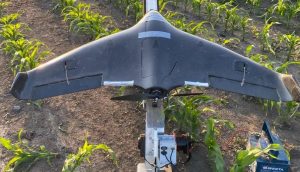
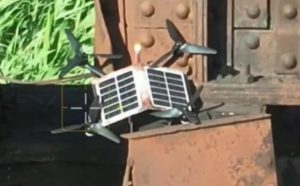

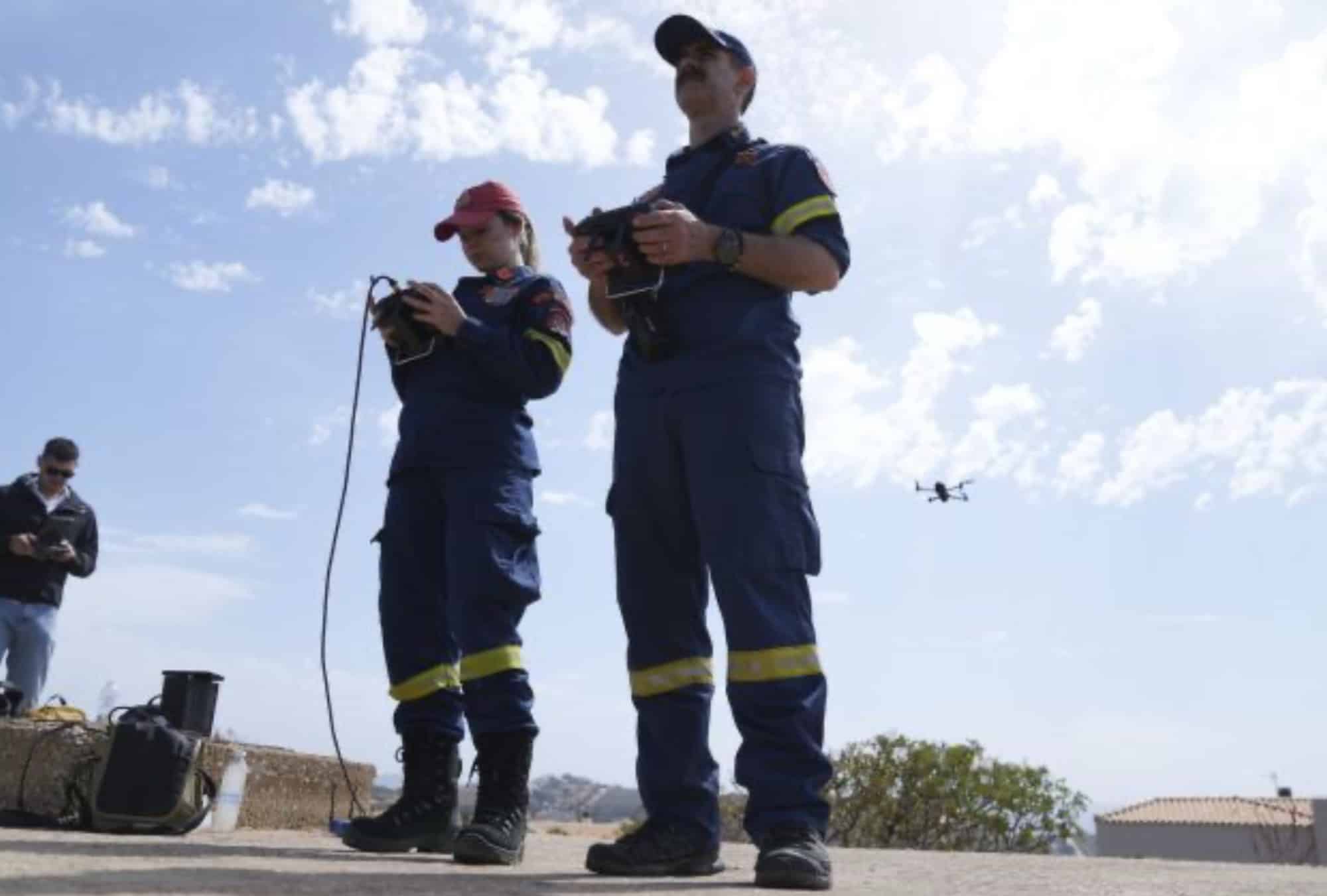
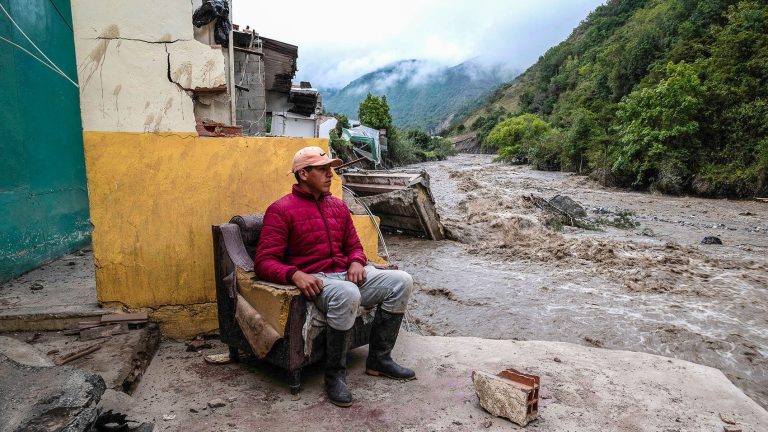
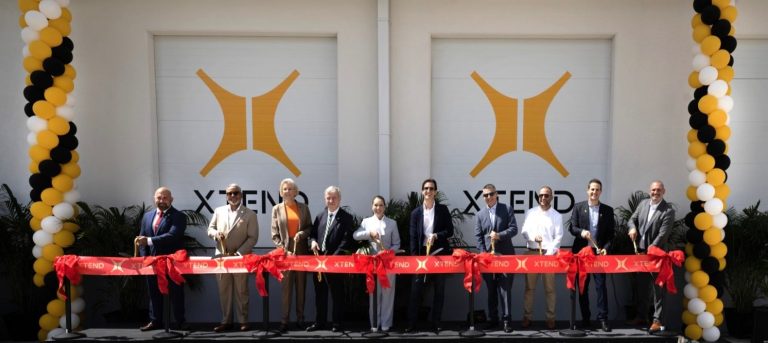
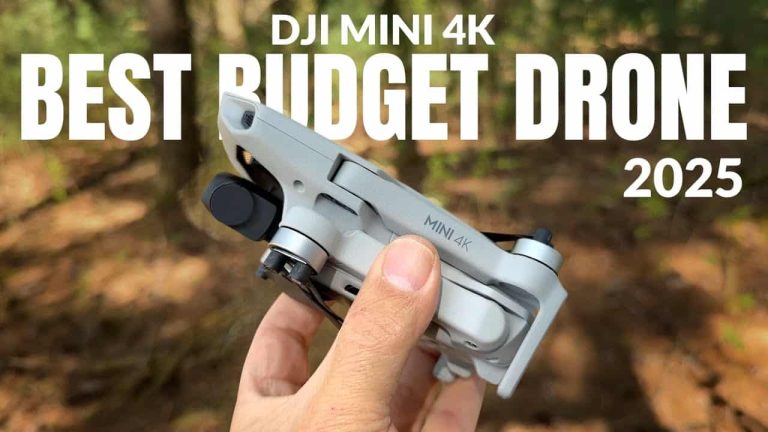
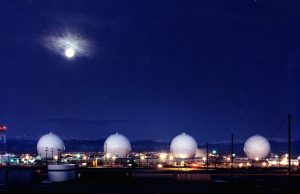
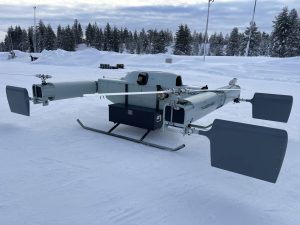
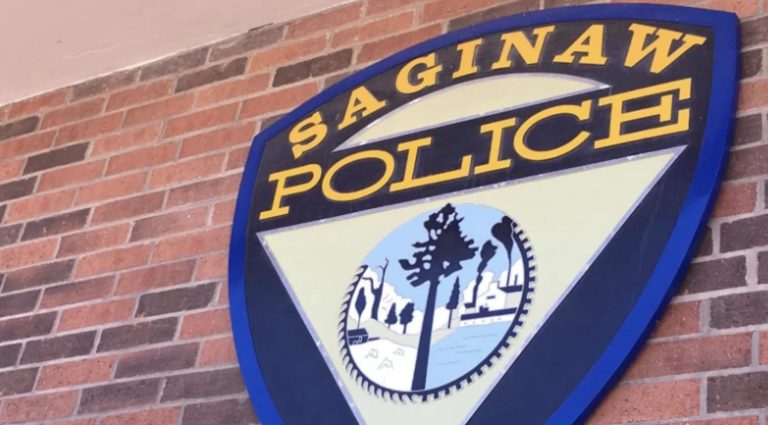
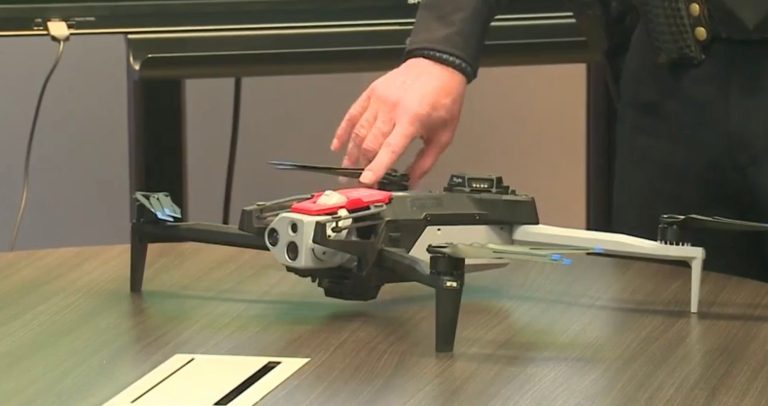
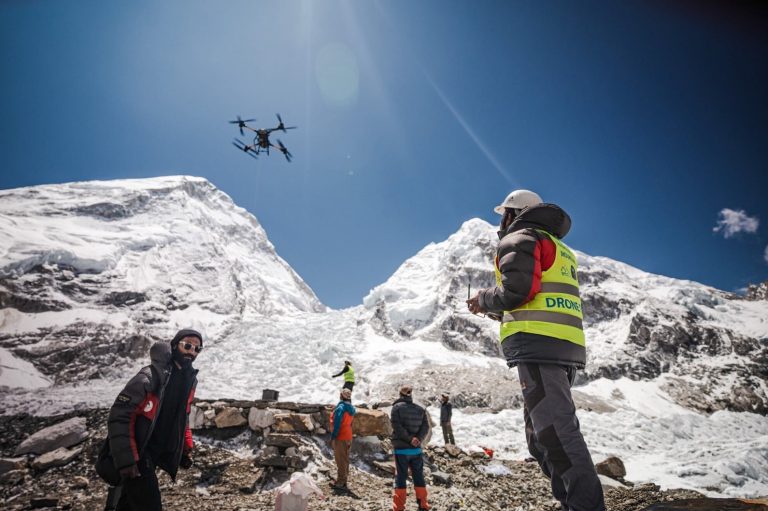
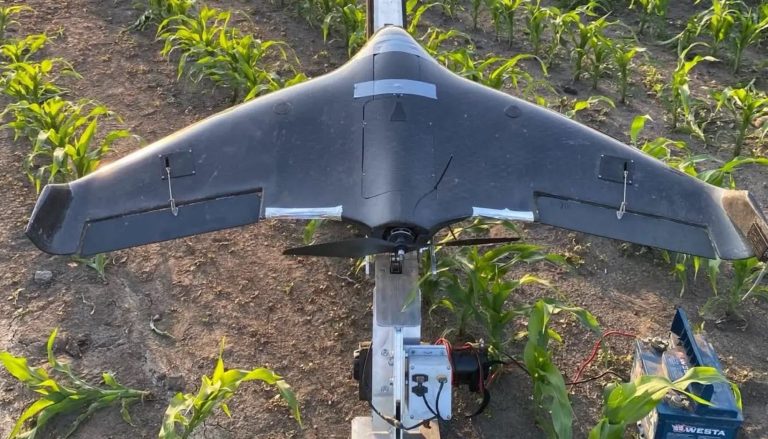
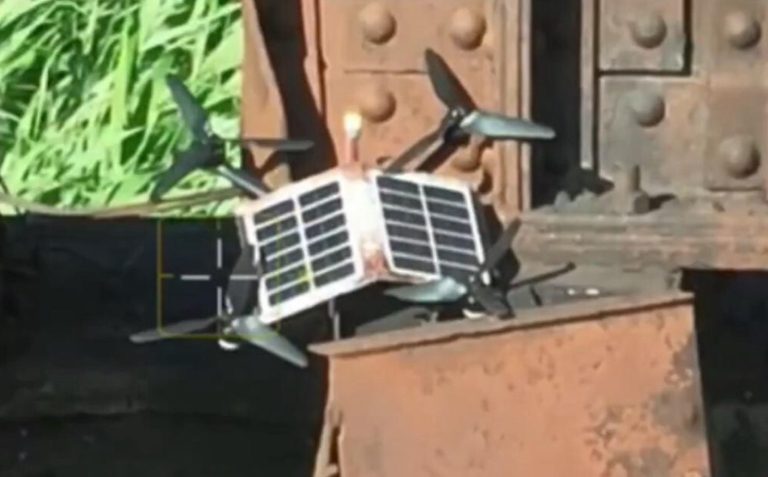
+ There are no comments
Add yours